Brief Introduction of Pumpkin and its Seeds

Pumpkin is the common seasonal vegetable for people and animals and provides more calories as a starchy vegetable. It can pretty much stand up to any style of cooking, like cooking as a vegetable or as raw materials preparing for making pies, soup, bread and etc.. pumpkin is also full of nutrients, containing high levels of beta-carotene and potassium. Both the flesh and pumpkin seeds contain a ton of other nutrients and the best part is that they are very easy to grow. Therefore pumpkin is widely used as a valuable food source and is gaining growing attention from more consumers.
Why Dry Pumpkin and its Seeds by Hot Air Drying
Pumpkin owns lots of merits as the edible food. But it is not easy to be stored in normal temperature conditions. Even though in refrigerated storage, pumpkins are vulnerable to the microorganism, which destroy the histocyte of pumpkin and it would be deformated and soften. So drying is an effective way to store pumpkins, which are widely employed in the food processing industry. Drying is for reducing water content in the pumpkin to keep the microbiological rotting and metamorphic reaction to a minimum, thus extending pumpkin shelf life. Besides, drying also has other advantages like reducing the storage space, losing weight for easy transportation. Pumpkin is usually cut into slices for drying, and also could be further processed into powder as additional materials.
For pumpkin seeds, they are easy to germinate or rot when they are wet. So drying is an efficient way to store them for a long period.
There are many drying methods like sun drying, hot air drying, microwave drying, vacuum drying, spray drying and so on. Among these methods, hot air drying in oven is the widely utilized way for pumpkin drying due to its simple structure, high yield, convenient operation, and easy maintenance.
Pumpkin is widely used as a valuable food, and dried & powdered pumpkin and pumpkin seeds are the alternative ways to increase consumption. For these reasons, the knowledge of the processes for drying of pumpkin and its seeds is needed.
Drying Process for Pumpkin and its Seeds
1.Preparing raw materials
1.1 For pumpkin drying, first remove pumpkin skin and seeds. Then using a slicer machine to cut pumpkins into slices with the thickness of 5mm.
1.2 For seed drying, first remove all fibers of pumpkin flesh on seeds. So pumpkin seed washing machine will be the best choice. This washing machine for pumpkin seeds is designed for washing seeds after harvest and before drying, in order to remove ‘slime’ and impurities from seeds.
2. Respectively drying pumpkin and its seeds with hot air drying ovens
Respectively spread pumpkin slices or seeds around on the different drying layers. Next, put these drying layers on the baking vehicles. Then push baking vehicles into the drying oven and turn on the machine.
3. Storing final products
Once pumpkin slices or seeds are completely dried, please store them respectively in zip lock bags. Because any moisture will cause pumpkin or seeds to rot.
Hot Air Drying Oven for Drying Pumpkin &Seeds
1. Features of hot air drying machine
Hot air drying oven is featured with high temperature, just driven by electricity without using coal, charcoal, boiler and etc.. It is safe, environmental, non-polluting. The hot drying temperature and RH can be adjusted by controlling the LCD small computer. Two modes can be set up with the drying machine. One keeps on drying, the other is drying plus dehumidify. The drying machine works depend on the two setting data. If the drying temperature is lower than the set temperature, the machine will begin to produce hot air again, in contrast, it will stop working.
2. Model selection of drying machine
♦ 3P hot air drying oven is suitable for working in 15 cubic meters of drying house, and the average power consumption per hour is around 3 degrees.
♦ 6P hot air drying oven is suitable for 25 cubic meters of drying house, and the average power consumption per hour is around 6 degrees.
♦ 10P hot air drying oven is suitable for 40 cubic meters of drying house, and the average power consumption per hour is around 12 degrees.
3. Experience of Using Pumpkin Dryer
Take our one customer for example. He buys the pumpkin dryer with 6kw to process 400kg pumpkin slices each batch in 9 hours. The maximum processing capacity is for processing 750kg in 20 hours. The electricity price is 0.145 USD per kilowatt-hour in the customer’s location, so the drying cost is 0.0232 USD to process 1kg pumpkin slices. During drying, timely remove the moisture. So the product quality can be guaranteed, and the sale price of dried products will be higher.
Pumpkin Hot Air Circulation Drying Analysis
Pumpkin drying is one of the common preservation techniques. During processing not only product quality but also energy economy should be taken into account. Here is the detailed research of pumpkin drying under hot air circulation drying.
1. According to Picture 1, the pumpkin moisture will be in continuous declination with the extension of drying period. The drying temperature affects the moisture markedly. The higher the drying temperature is, the faster pumpkin slices dehydrate and the drying time decreases significantly. Under the temperature of 60℃, 70℃, 80℃, the required time reaching drying terminal point for 250g pumpkin slices respectively are 6.5h, 5h and 4h.
Increasing the temperature of hot air can effectively improve heat transfer and shorten drying time. However, higher temperature can contribute to great nutriment loss and worse color. In the experiment, pumpkin slices dried under 60℃ are golden, however pumpkin slices under 80℃ are light yellow. Hot air drying can make carotenoids lost in pumpkin, so higher temperature, more heavily carotenoids lose and worse the color become.
2. In Picture 2, there is no constant speed drying period in the whole pumpkin drying, and the main drying period is slow-down drying. During drying processing, the diffusion speed of internal moisture content is slower than that of surface water evaporation. Internal moisture diffusion is the main factor to control drying speed. This conclusion is also applied to chills, okra drying.


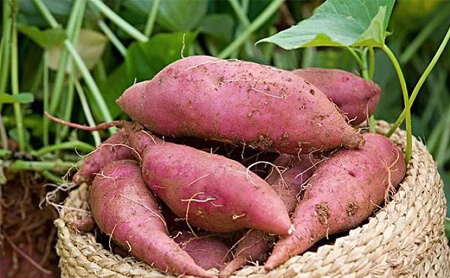

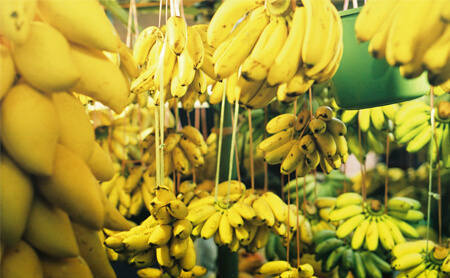







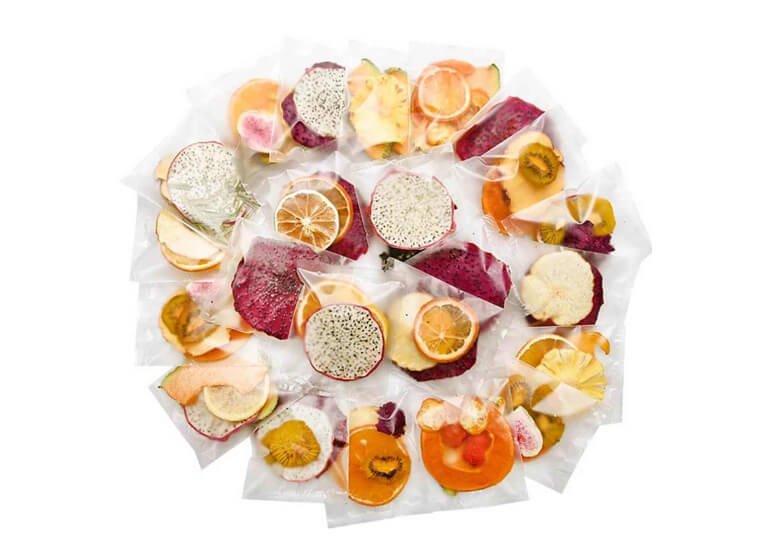


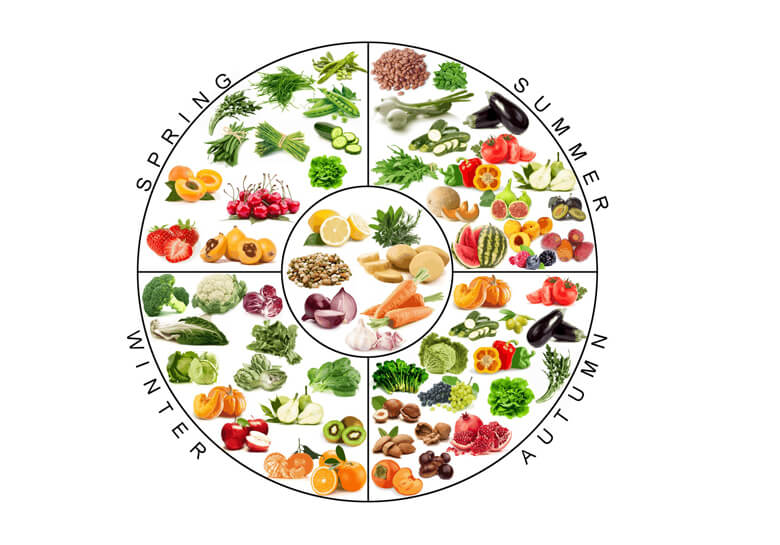

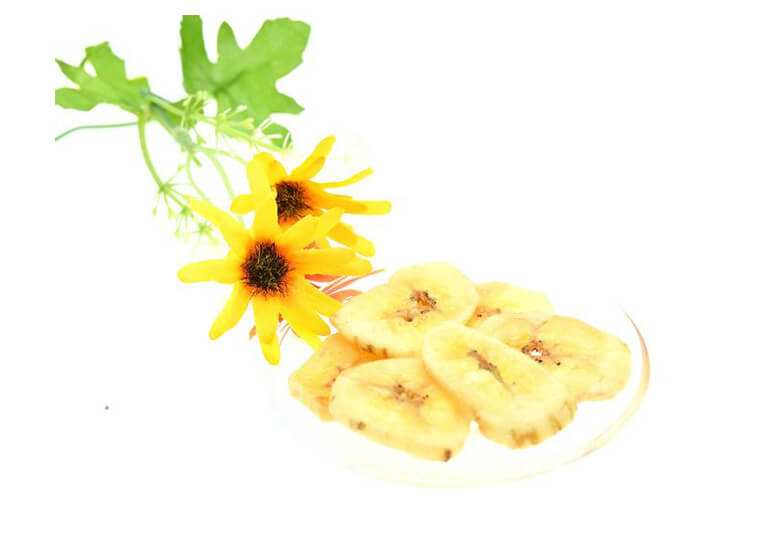
Leave A Comment